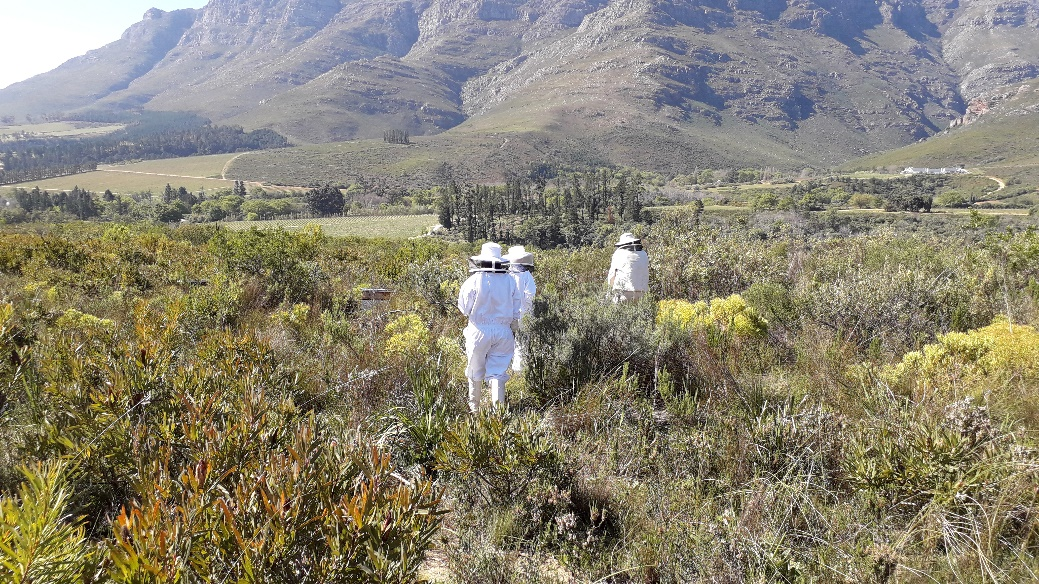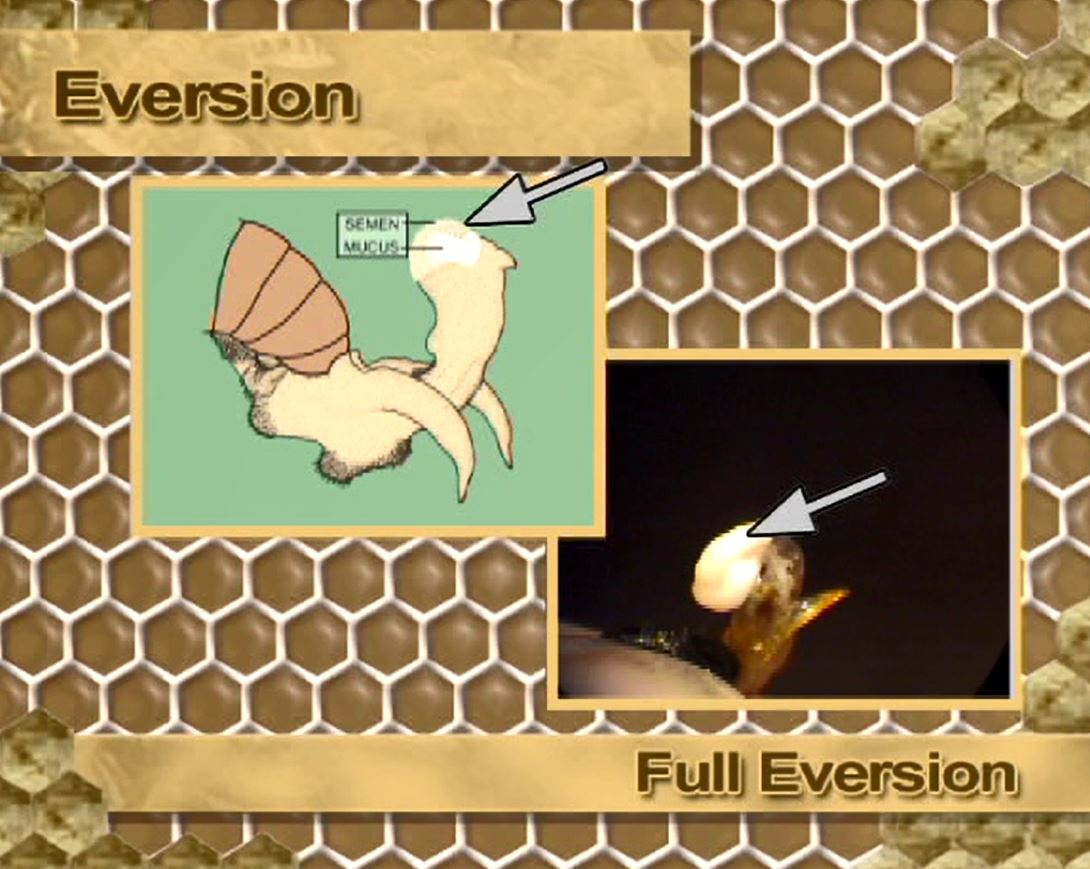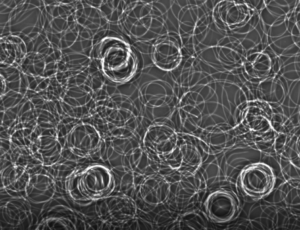Bees are Keystone species: Urgent need to study their sperm quality, preserve the sperm and inseminate best quality

Fig. 1: Fynbos (meaning plants with small leaves) area near Stellenbosch, Western Cape, South Africa.
What is a keystone species? A keystone species is a plant or animal species that plays a crucial role in the way that ecosystems function. It is well known that without keystone species, the ecosystem would be dramatically different or cease to exist altogether. But where does the name keystone species come from? It comes from the field of architecture and the structure of an arch. The wedge-shaped stone in the top middle part of the arch is a keystone. If that keystone is removed, the arch will collapse. It is predicted that if honey bees disappear, more than 50% of plant species will become extinct. Honey bees do not only produce cross-pollination which assists with genetic diversity of plants and possibly other animal species and accordingly biodiversity relates to healthy ecosystems. It is clear and essential that we must do everything possible to ensure that healthy bee populations exist and therefore healthy viable ecosystems.
Our role, Comparative Spermatology Group, at the University of the Western Cape, South Africa, is to study African honey bee sperm quality, trying to collect semen from many “semi-wild populations”, quantify sperm quality, cryopreserve it, and inseminate the best quality is therefore crucial. But let us first take the flight of the virgin queen on her maiden flight. During this flight that may be more than 20Km she mates with as many as 40 males. As males (drones) copulate their guts are pulled out and they die instantly during sperm deposition (Fig. 3). Poor males, but as so many contribute to the sperm reservoir it provides the best possible mechanism for variation. The queen now mixes the sperm from all these drones in her reproductive tract and ejects more than 90%. This may represent a most amazing mechanism of female cryptic choice (female reproductive system deciding which is best sperm). She can store this sperm for as long as eight years releasing only one sperm per egg. Truly impressive and amazing. These must me the best sperm to ensure fertilization!

Fig. 3. Eversion of the copulatory organ: eversion-full eversion and brownish semen on top of mucus (From DVD by Susan Cobey).
So where and how do we collect sperm and what are we actually studying using manual and CASA methods? The Fynbos along the coastal area of Cape Town is particularly important being considered a biome with about 6000 indigenous plant species. Figs. 1 and 2 show a focus study area in the indigenous Fynbos area near Stellenbosch where the Agricultural Research Council manages beehives.
Once drones have been collected they are either taken back to the laboratory for semen collection (holding the drone and stroking over abdominal area) or semen can be collected directly in capillary tubes where sperm can survive for many days at room temperature.
There are special media that are physiologically supporting bee sperm vitality and motility (Kiev medium). We have studied African honey bee sperm using these media and noticed that these very long sperm (>220µm) are tightly coiled up and they first move rapidly in a circular motion to “disentangle” their very long tails (Fig. 4.) and in a more diluted stage they swim progressively forward Fig. 5.
We hope to use specific fluorescent dyes to initially study two major aspects of sperm quality/functionality in African bees using SCA CASA System. Quantitative sperm motility and vitality and then decipher in conjunction with geneticist’s which “strains” of bees have functionally the best sperm and then proceed to cryopreserve the very best samples for future propagation of high class African bees. Fortunately, the technique of Queen insemination has been well described and is commercially used.
- Fig. 4: Sperm swim rapidly in a helical/circular motion and tails are disentangled.
- Fig. 5 Showing African honey bee sperm form when swimming progressively forward with large amplitude sinusoidal waves.
Prof Gerhard van der Horst (PhD, PhD)
Senior Consultant
MICROPTIC S.L.
Other related blogs:
Rabbit sperm Manatee sperm Rat sperm Insect sperm Penguin sperm Goat sperm Elephant sperm Lion sperm See all blogs






Hello Gerhard
Interesant. DR Elardus Erasmus van Potch Universiteit het heelwat nagevors met bye as Biochemikus.
Ek was vir 12 jaar in bye boerdery betrokke en bie kennis opgetel daarmee.
Goeie roep om betrokke te raak met sy studies en teelerwy van bye.
Groete Ina Meiring